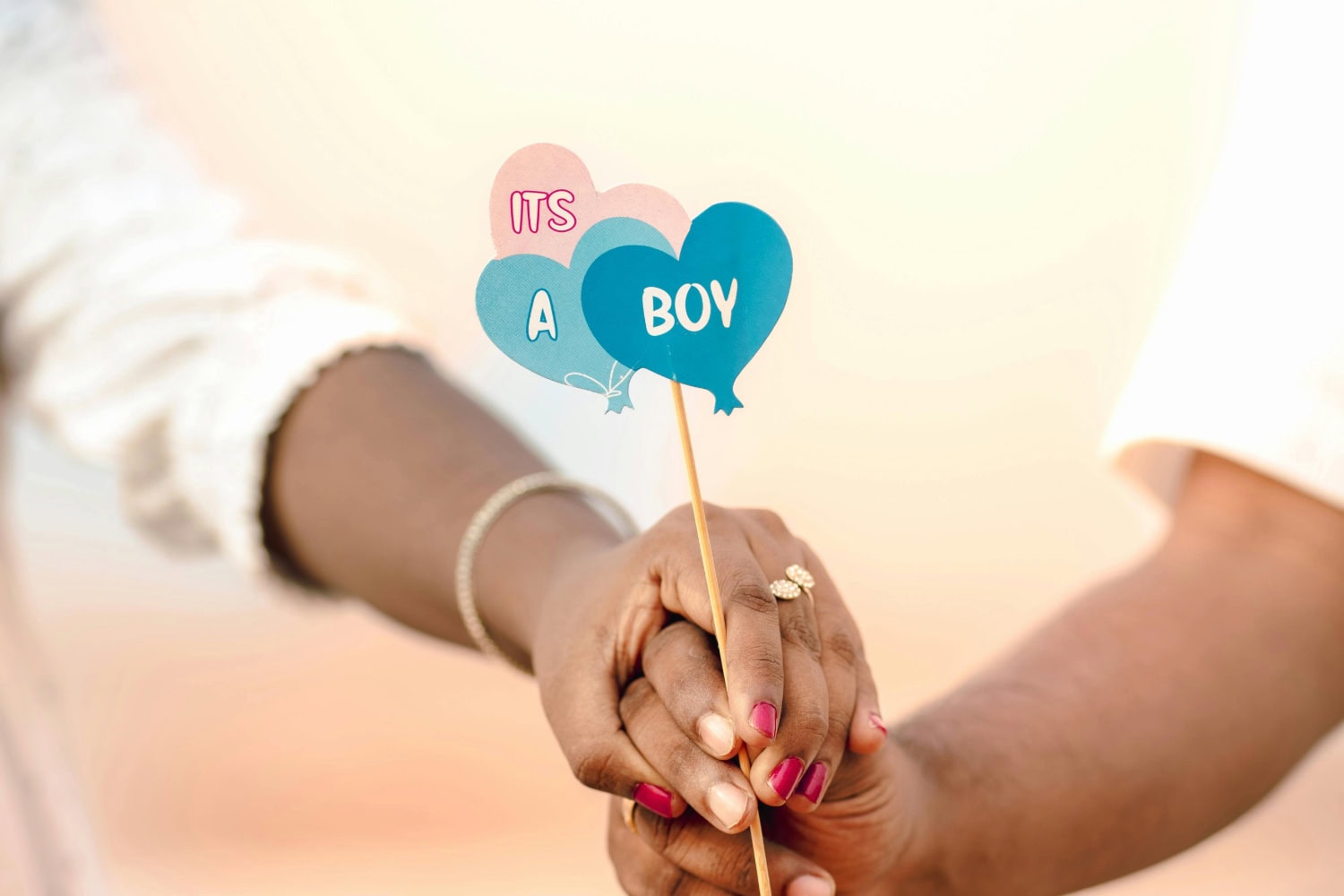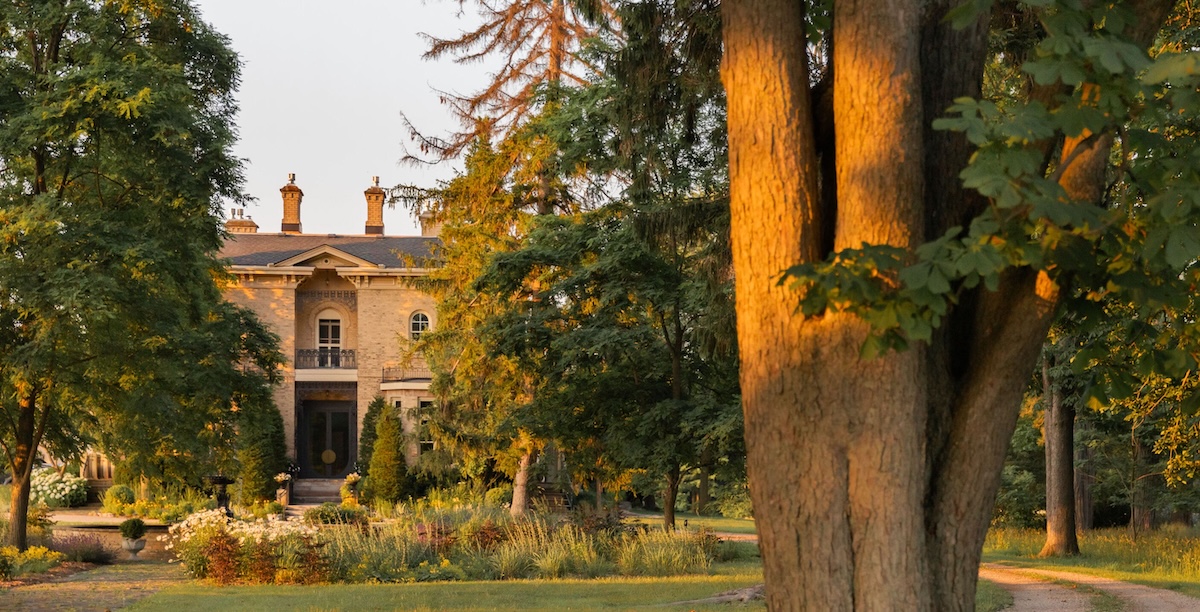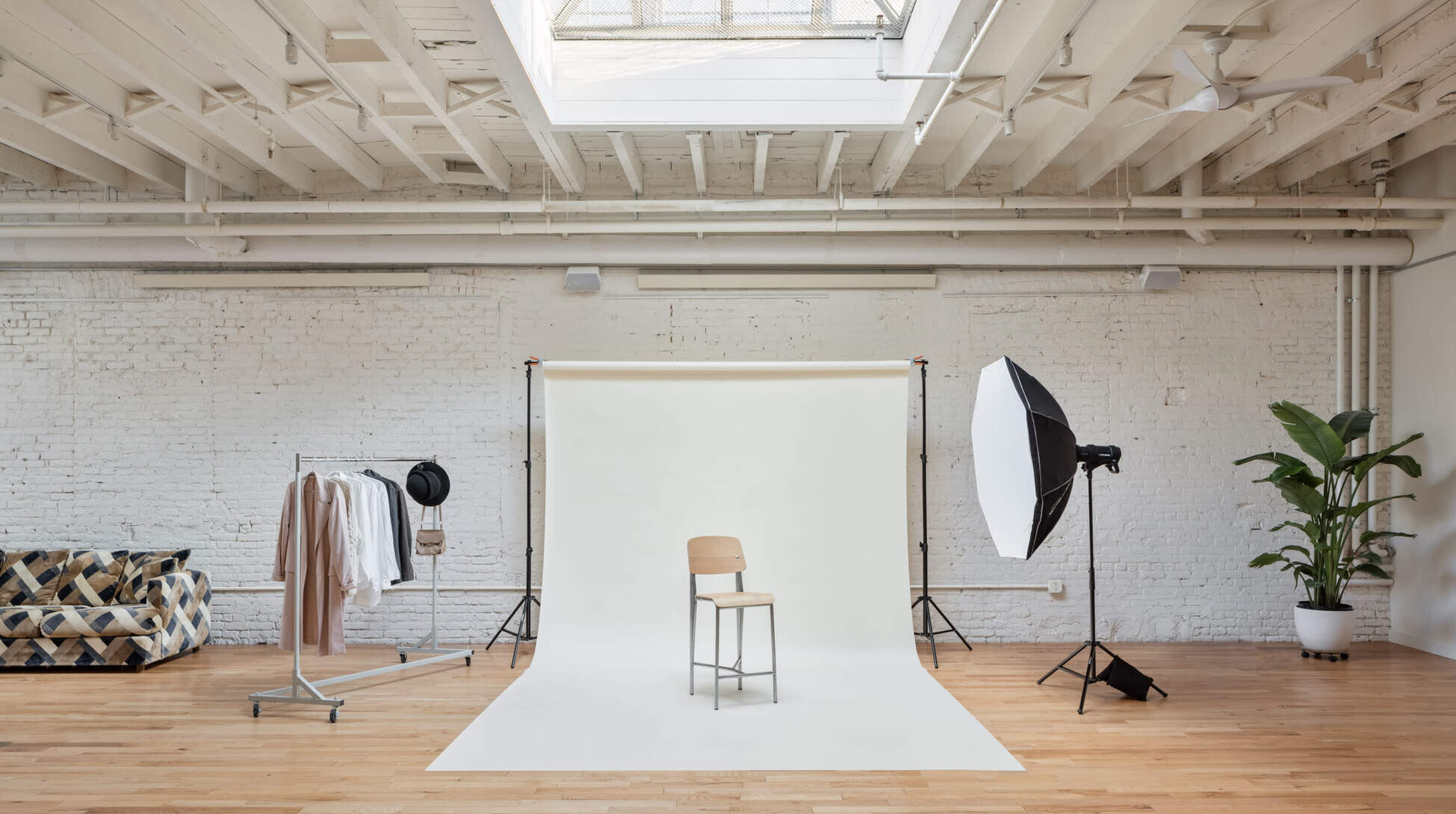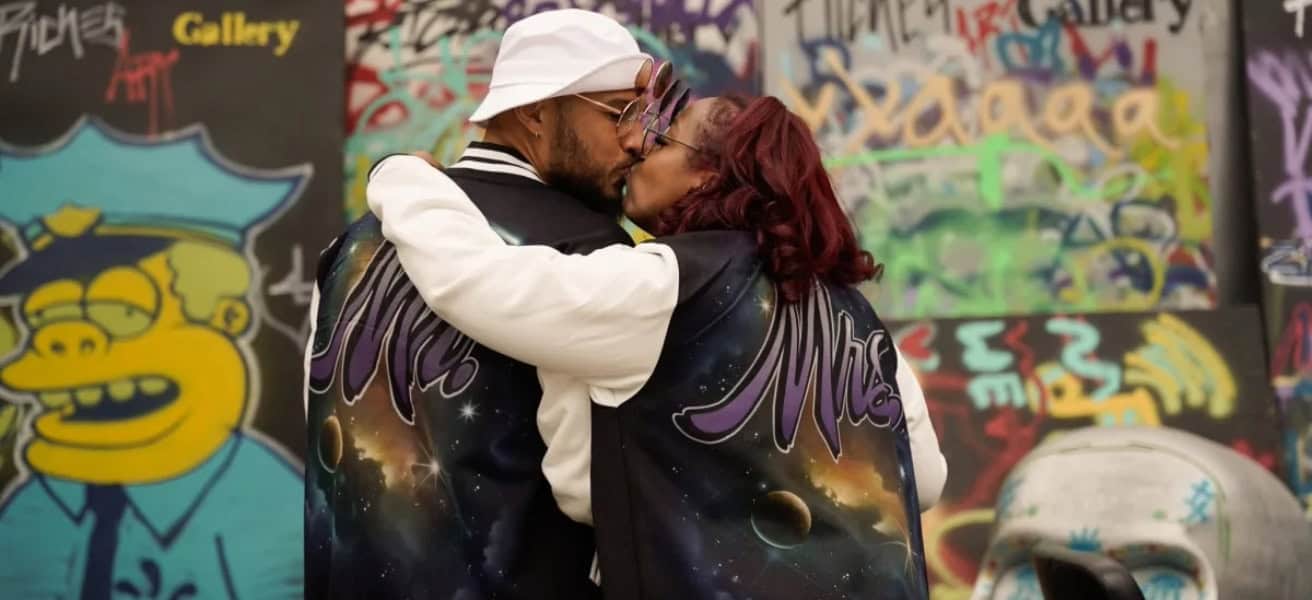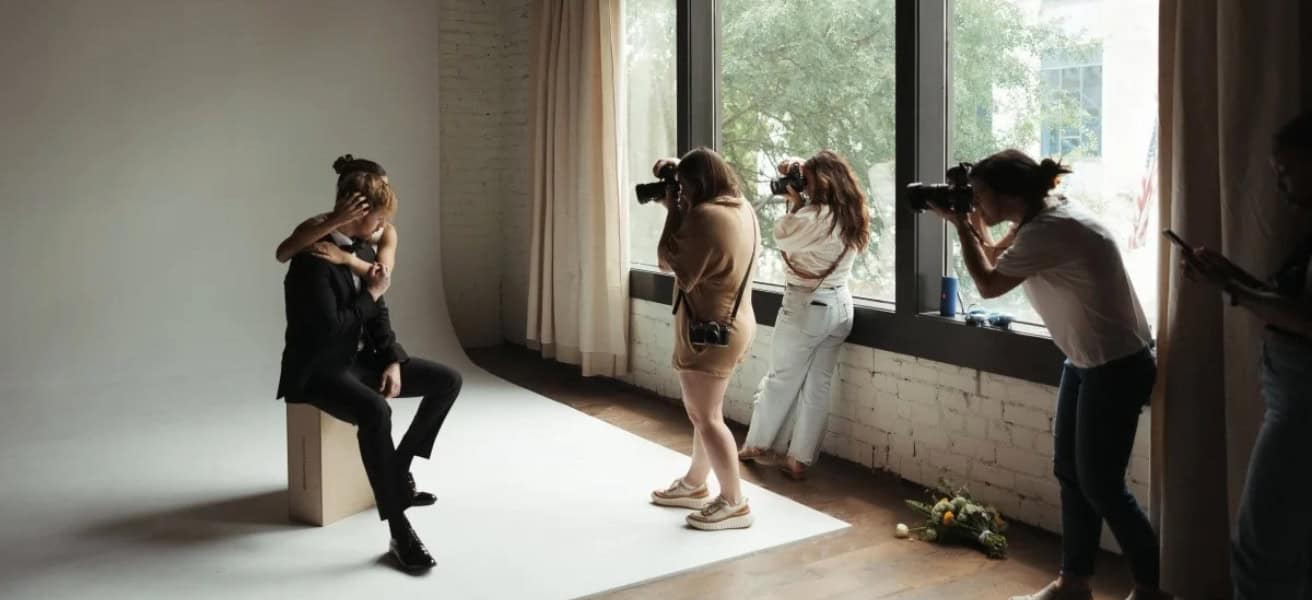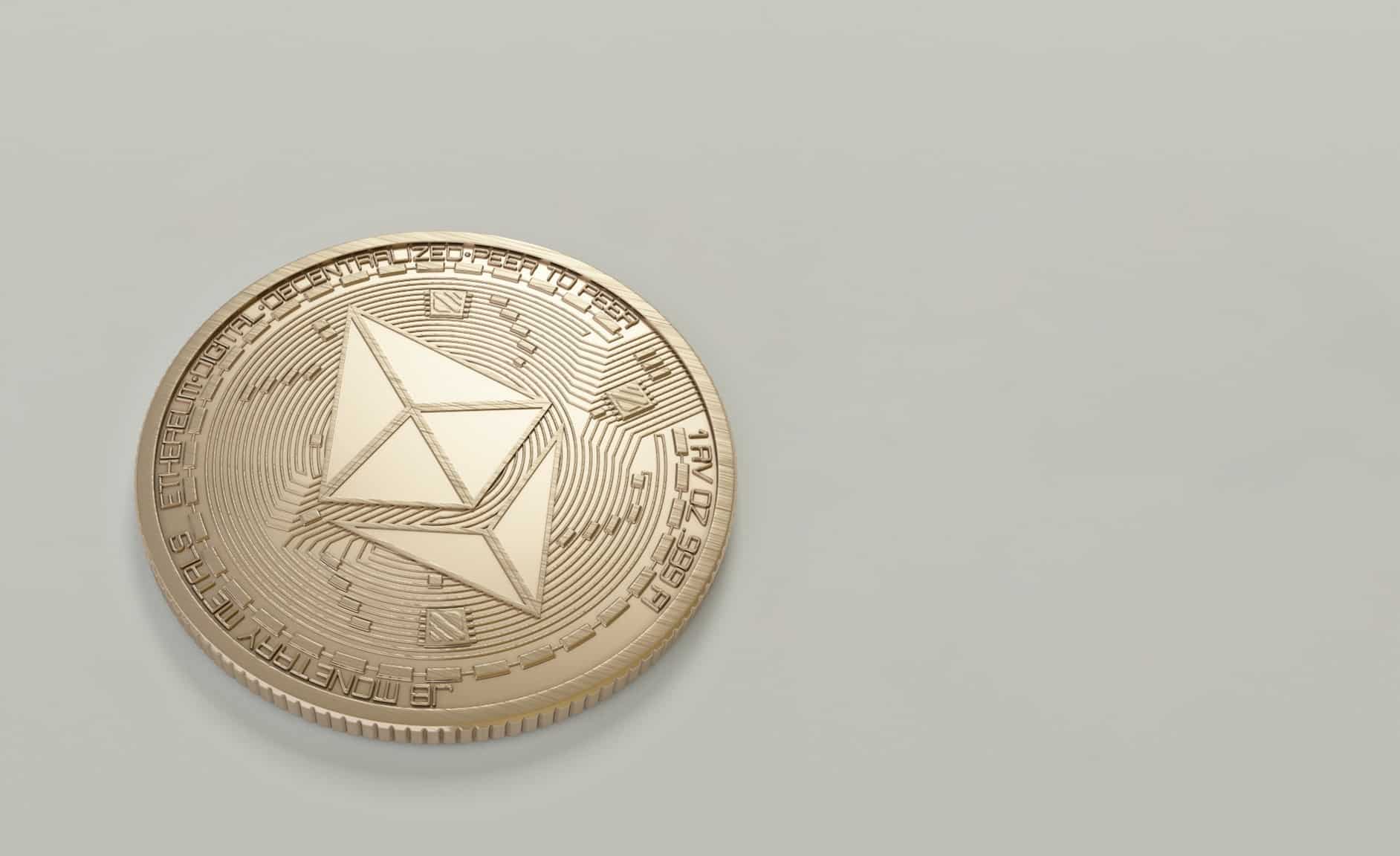
Source: Pexels
Wondering how to photograph coins? Then we at Peerspace can help! As portable works of art, coins have been collected and appreciated by enthusiasts for their value since the 14th century. This interest in coins has grown steadily and tremendously since then. And now, there is no indication that interest in this “hobby of kings” will wane anytime soon.
It comes as no surprise, then, that collectors will want to photograph their collections. After all, it can serve their records and archives, to share with other collectors, for business and trade. So we’ve prepared this simple guide on how to photograph coins to help you capture useful, even beautiful, images of your (or a client’s) precious collection of coins. Let’s get started!
To clean or not to clean?
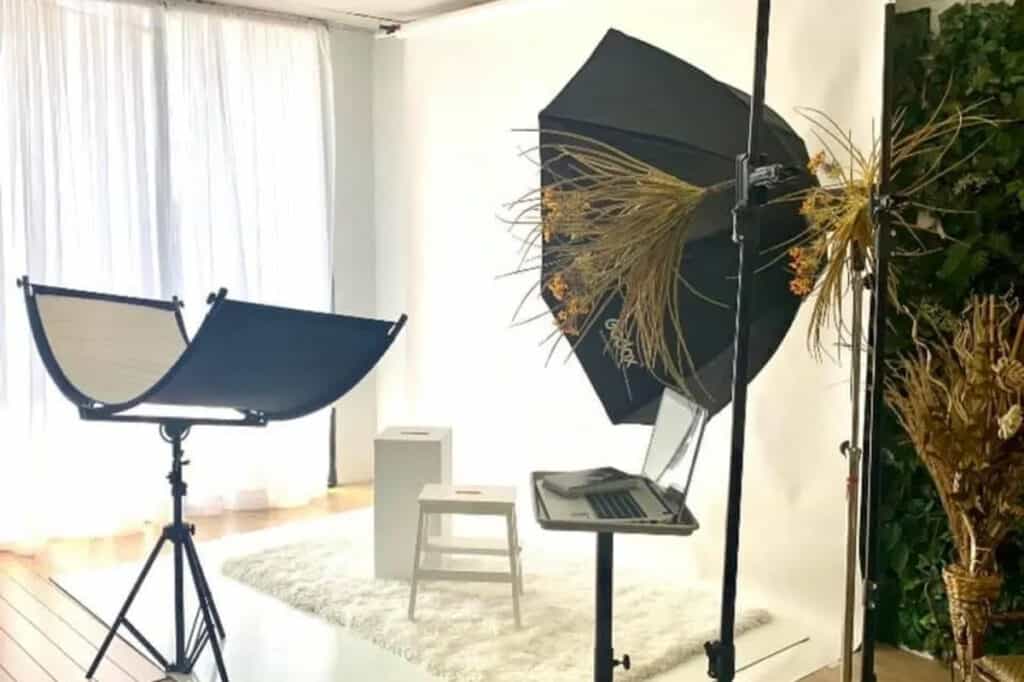
First, here’s a very important note. You may be photographing coins that have already circulated (been used). However, cleaning them beforehand to make them “picture ready” may not be a good idea, particularly those of significant value to collectors. In fact, they can lose their value if cleaned.
Besides the risk of damaging the coin, many hobbyists and numismatists just don’t want them cleaned. They will often assign a much lower value to a cleaned coin.
However, perhaps the coins aren’t really rare or you collect them just for your personal enjoyment, not as investments. In this case, then of course, pretty them up if you want. Otherwise, unless you really know what you’re doing, you may want to consult with a serious collector first before attempting to clean circulated coins in any way.
Equipment for photographing coins: your camera
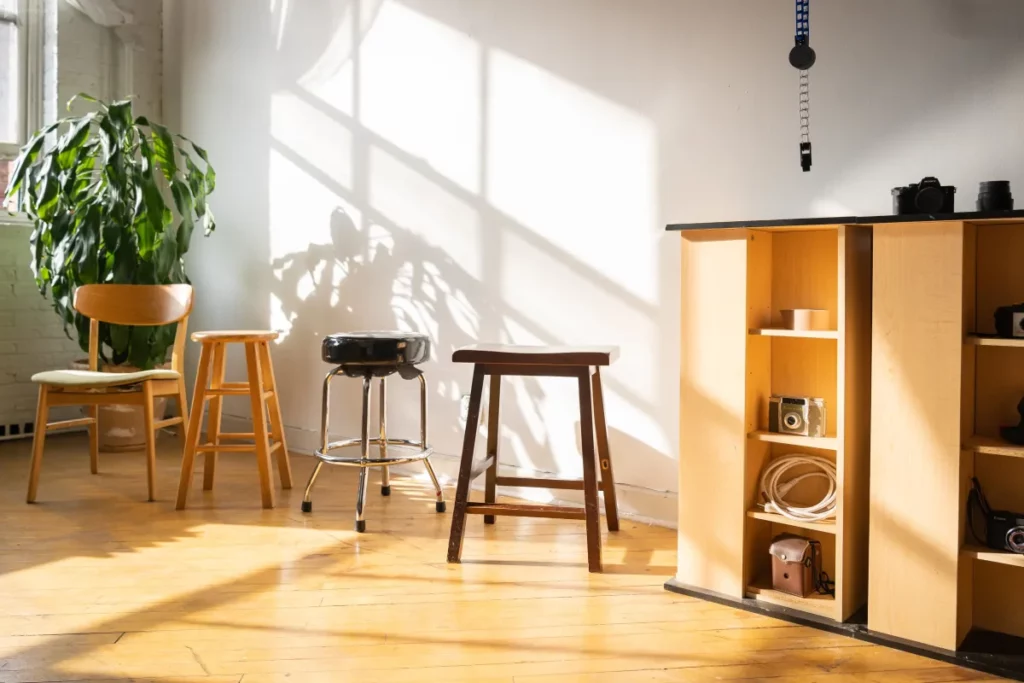
We’ll assume you already have a digital camera, whether a dedicated DSLR (which would be ideal) or even a capable smartphone.
Whatever you’re using, however, what you’ll want to do is use any features your equipment has that will allow you to do macro (also called close-up) photography. This lets you focus on objects very close to your lens.
Most modern equipment will have a macro mode or similar for this purpose. Some will also require you to set your lens/magnification to normal or wide angle. Please check your camera or smartphone’s user manual for instructions and any required settings. Your manual will also tell you the closest distance you can get to the subject to be able to focus; that’s commonly anywhere from 12” down to 2”.
Note that with some devices, like smartphones, you may be able to get add-on accessories that will allow you to focus on very close objects.
Other gear
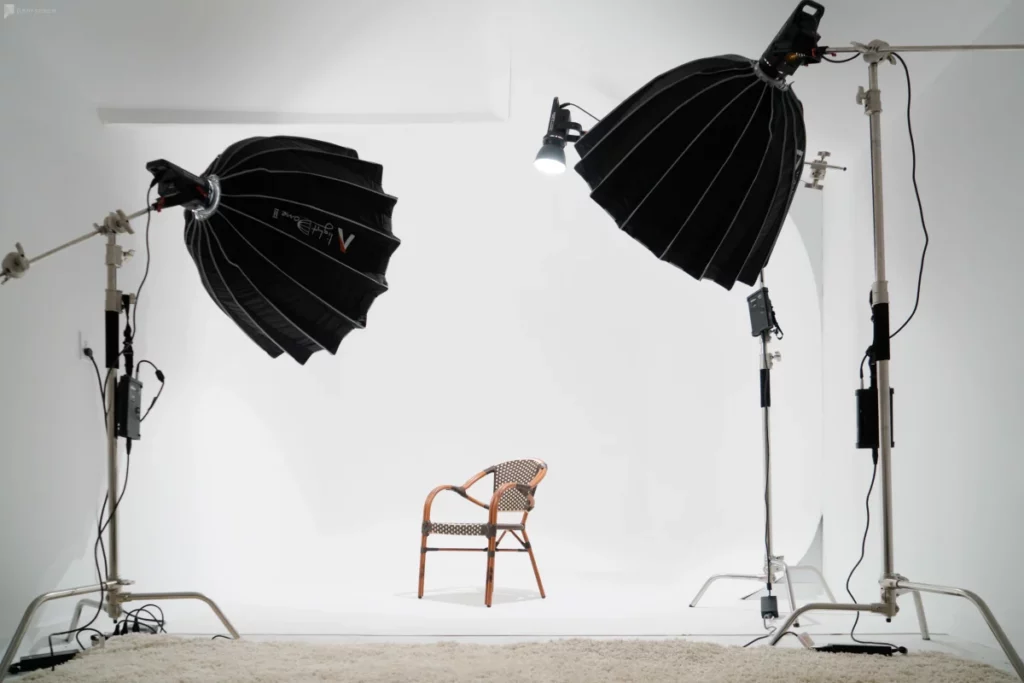
Besides your camera and coins, here’s what else you’ll need to take coin photographs like a pro:
For steadying your camera
Separate from your camera, you will also want to have either a copy stand or a tripod. They help keep your camera very steady and your images in very sharp focus. Handholding is not recommended; with close-up macro photography, any slight movement will be amplified. This will of course result in blurry images, so using a copy stand or tripod to keep your camera stable is practically a necessity.
You will need a tripod that allows you to position and hold your camera very close to the coin. Not every tripod lets you do that. If you end up needing to get another tripod that will let you do macro photography, you may want to opt for a copy stand instead. It’s a great choice if you’ll be doing a lot of coin/small object photography.
A copy stand is basically a baseboard with an attached camera arm or another bracing system to hold your camera in place perpendicular to the board. They’re called copy stands because they were originally meant to photograph and make copies of documents. If you’re going to be doing a lot of coin photography, having use of a copy stand will be the most ideal, as you’ll see below.
Lighting
As for lighting, users of pro-level cameras often like to use a ring flash (a circular flash secured to the front of a lens). That won’t be an option for users of other types of cameras, and that presents a problem since on-camera flash will not do at all since. your camera will be too close to the subject. But you’ll be glad to know you may not need a flash.
Many experienced coin photographers recommend the use of daylight-balanced compact fluorescent bulbs (5000k color temp), which produce a pleasing natural light. Just use them with standard adjustable desk lamps. If you can’t find these bulbs, you can try standard 60W bulbs instead. These will likely produce a yellowish cast, however, so you’ll want to compensate by fiddling around with your camera’s white balance, or use imaging software like Photoshop to make adjustments.
Here’s one last item to round out your toolkit, which some consider optional but we feel is highly important for excellent coin photography: a thin light panel or light table. The following section will make it clear why.
Another crucial aspect of coin photography is capturing its texture. Learn how to do so here!
Techniques for photographing coins
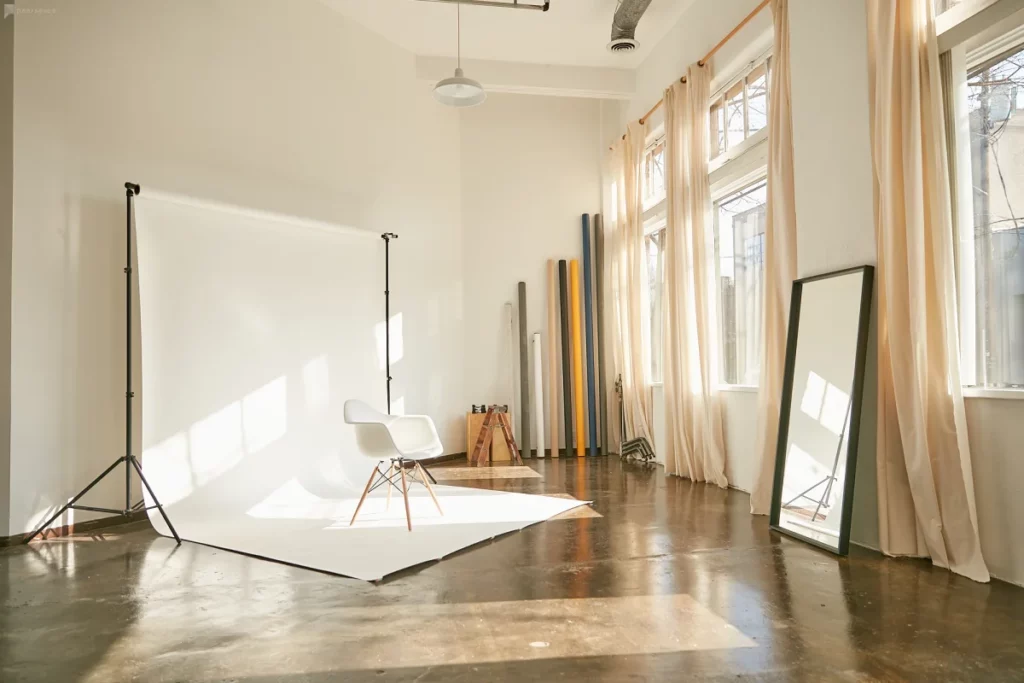
Good news: Once you’ve got your equipment all sorted out, set up, and working, the task of actually photographing coins is fairly easy and technically straightforward.
Start by keeping these two “requirements” in mind:
- You want the coin lying flat as if you’re taking a picture of a document
- You want to eliminate/minimize any shadows
The goal is to try and capture and show as much detail as you can, without shadows obscuring anything. Using the light panel/table as the base removes background shadows (and also makes it very easy to isolate the coin and strip out the background with imaging software if you want, great for layering the coin on other backgrounds and advertising!)
This means just have your camera over the coin aimed directly head-on, perpendicularly. If you need to aim your lights (if you’re using lamps instead of a ring flash, for instance), the “art” and any other marks and details on the coin will affect where you position them to remove shadows. You’ll want at least two light sources, each on opposite sides of the coin.
If you are unsure about exposure, take at least three shots with different exposure settings: (0) normal, (+) lighter, and (-) darker. This is called bracketing. See which one works best for that particular kind of coin. You may want to log all these settings down in a notebook for future reference.
Now that you know how to photograph coins, let’s talk about where to photograph coins.
Learn how lensball photography can enhance your coin photoshoots next!
Photograph coins at a Peerspace
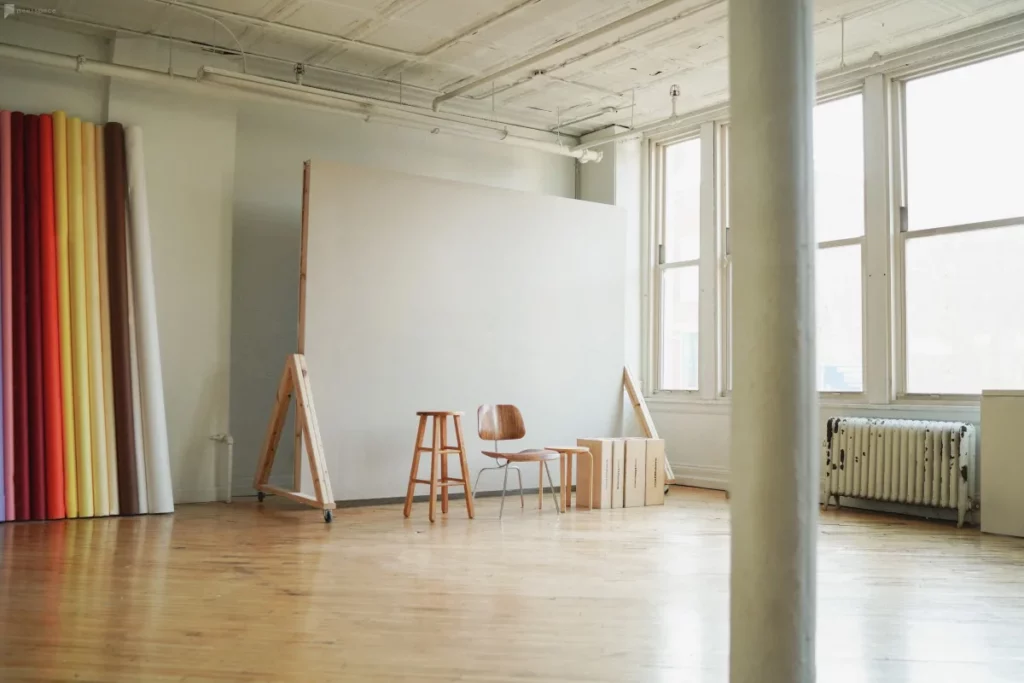
Now you have the basic information on what you need to photograph coins. Now, you just need the perfect space to do so. Luckily, that’s where Peerspace can help you once again!
As the largest online marketplace for hourly venue rentals, Peerspace offers you access to hundreds of professional studios across North America and beyond. All you have to do is head to our homepage and look up “photo studios” in your location. You can then filter the results based on pricing, included gear, and other factors necessary for your project.
Looking forward to getting started? We’re glad! To show you what’s out there, here are a few of our favorite Peerspace studios ideal for coin photography:
- This portrait studio in downtown Los Angeles with natural light, lighting equipment, and plenty of backdrops
- This professional product photography studio in Philadelphia that includes Canon equipment and is set up for flat-lay photography
- This vintage-style photo studio in Chicago that includes plenty of props for a vintage coin themed photoshoot
- This downtown photography studio in Dallas with lots of natural light and a slew of gear and add-on equipment for your use
This is only a small handful of the types of spaces you can book through Peerspace. Check us out today to get started on your ideal spot for coin photography.
How to photograph coins: conclusion
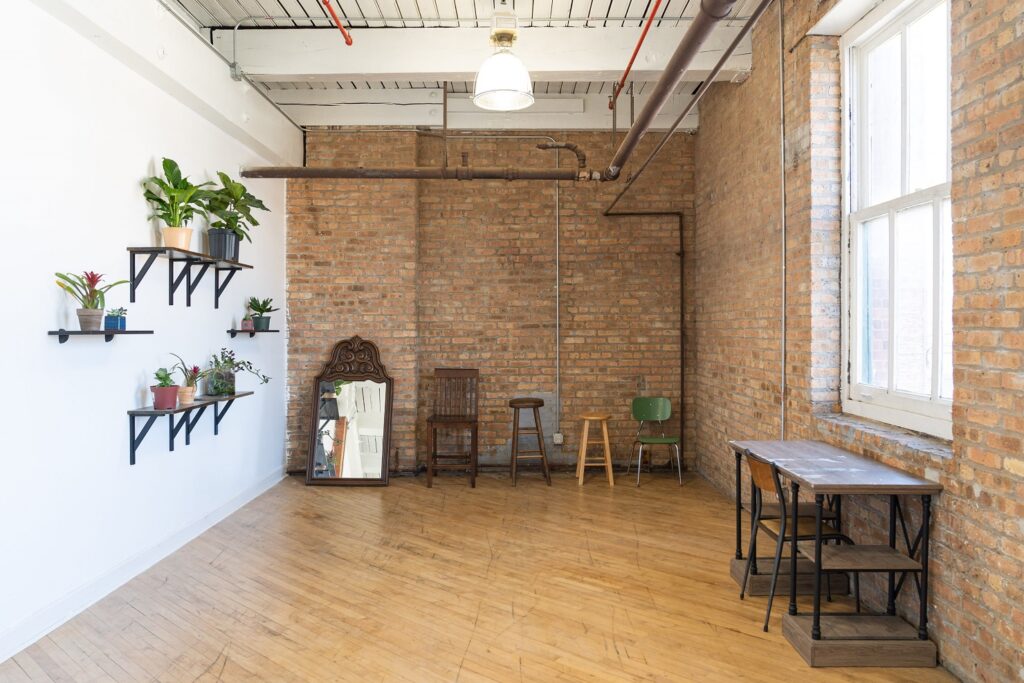
As you can see, learning how to photograph coins is straightforward. To get excellent professional results, you just need these tips and some inexpensive equipment (much of which you may already have). Oh, and a Peerspace studio that allows for perfect lighting and any necessary gear or props you wish to use!
After a bit of setup and preparation, you’ll be ready to go. It’s easily replicated too! With very little effort, you can become a master collectible coin photographer.
Find unique production venues on Peerspace
Get together somewhere better
Book thousands of unique spaces directly from local hosts.
Explore SpacesShare your space and start earning
Join thousands of hosts renting their space for meetings, events, and photo shoots.
List Your Space

